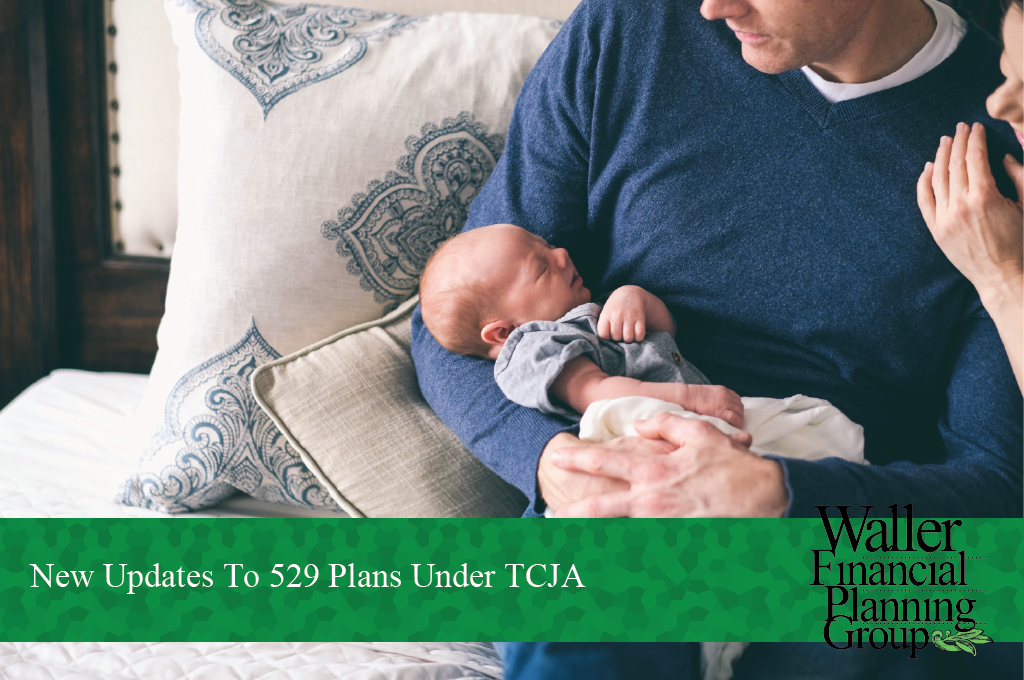
When the Tax Cuts and Jobs Act (TCJA) was signed into law, a subtle, but significant change occurred in the realm of education planning. While most of the news about TCJA was about corporate and personal income tax cuts, there was a provision related to Section 529 Plans. We have long been proponents of utilizing Section 529 Plans to save for the anticipated costs of college or other qualified post-secondary educational institutions, such as vocational or trade schools. Section 529 Plans can now be utilized for private Kindergarten through 12th-grade tuition expenses.
One of the major benefits of a 529 Plan is the tax-free compounding that occurs over time, so the earlier you start, the more potential benefit. Another advantage offered in Ohio for residents is an income tax deduction on the taxpayer’s state tax return if they contribute to the Ohio 529 Plan. Due to the shorter time frame, the tax-free compounding benefits are not nearly as great when utilizing Section 529 Plans for private K-12 school tuition; however, Ohio residents still receive the same state income tax benefit on contributions to the Ohio 529 Plan regardless of whether the money is used for K-12 private school or college.
Utilizing a Section 529 Plan for K-12 private school costs is even more restrictive than the rules for college costs. For example, you can only distribute up to $10,000 per the calendar year of a Section 529 Plan for private K-12 school. Additionally, the money can only be used for tuition expenses. Conversely, Section 529 Plan distributions are not capped for college tuition amounts, and distributions for college students can also include expenses associated with room and board.
For more information on 529 plans, check out our article that covers common facts about 529 plans.





